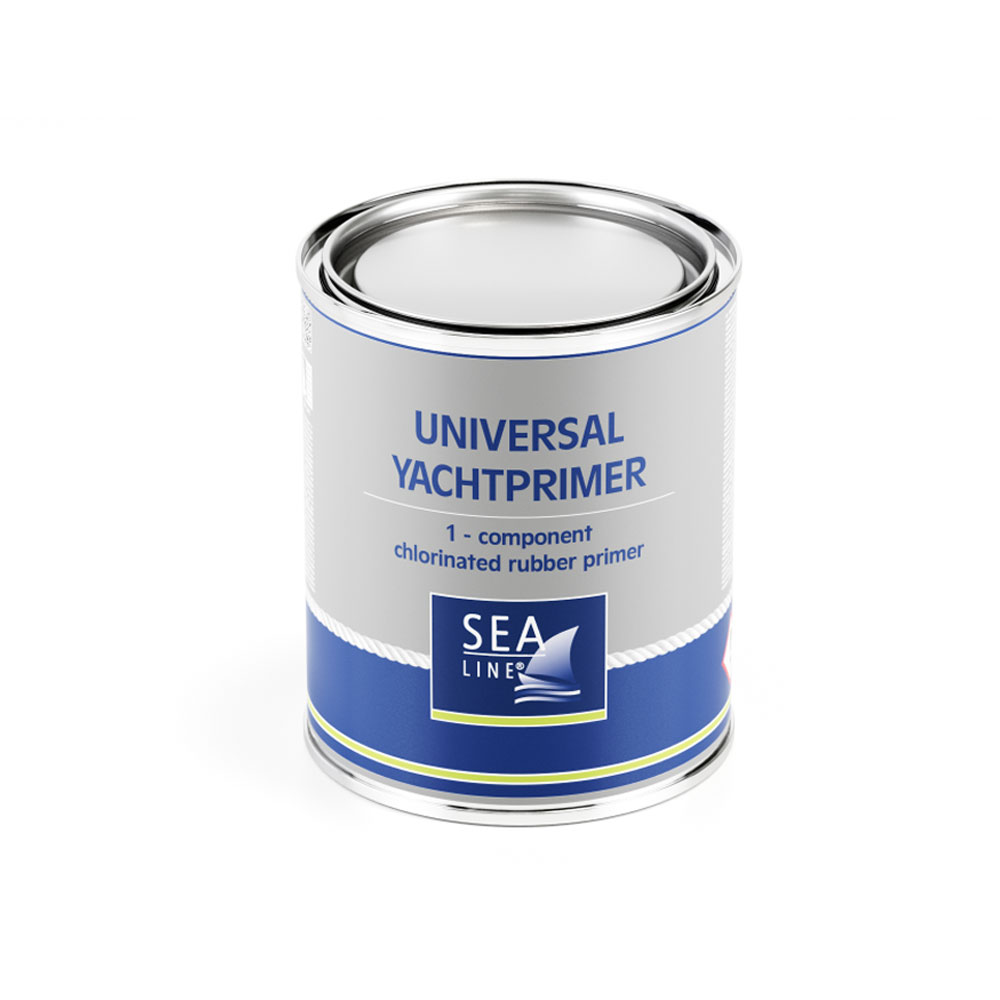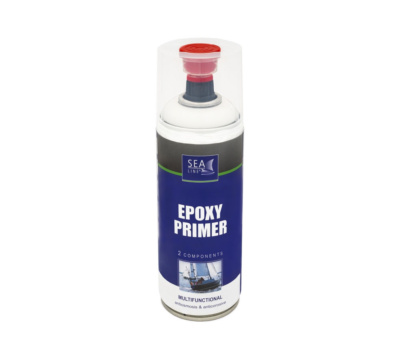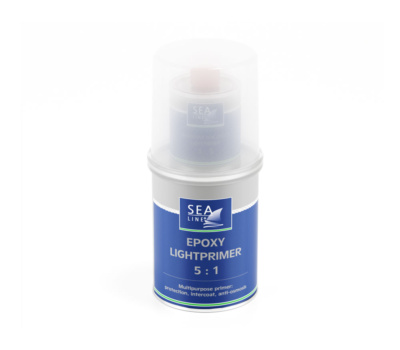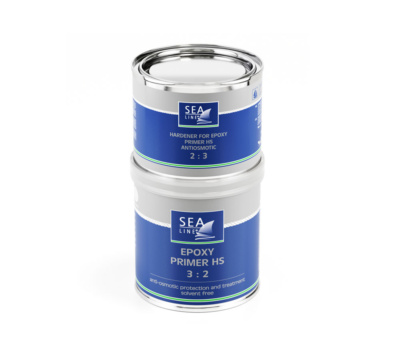A multifunctional single-component marine primer based on chlorinated rubber, recommended for use on laminate, wood, and steel.
It is certainly the easiest-to-use primer from the Sea-Line brand.
| Capacity | Code |
|---|---|
| 750 ml | 300008172 |
| 2,5 l | 300008174 |

| Type | GRP- laminates, wood, stel | |
| Place | Above and below waterline | |
| Function | Grounding Intercoating | |
| Application | brush, roll, spray gun | |
| Thinning | Thinner for 1 – component primer, varnisch, enamel | |
| Theoretical coverage For 1l | ~7 m2 for 140 μm WFT/ 65 μm DFT | |
| Number of coats | 1 – 5 | |
| Dust dry 20°C | 1 h | |
| Resistant against rain 20°C | 4 h | |
| Waterproof 20°C | 16 h | |
| Time to launch 20°C | min. 24 h | |
| Elapsed time before applying next coat 20°C | min. 5 h | |

The offered EPOXY PRIMER SPRAY 2K is a 2-component epoxy primer with multifunctional applications. This

This is a multifunctional paint that protects, enhances adhesion, and also protects against osmosis. Lightprimer

This particular product is recommended for protecting the laminate below the waterline, especially for repairing
Sea-Line yacht paints are designed for painting the surface of boats and yachts made of various materials, e.g. laminate, wood or steel. We do not have a certificate of the National Institute of Hygiene, which would allow the use of yacht paint to paint the tank with drinking water.